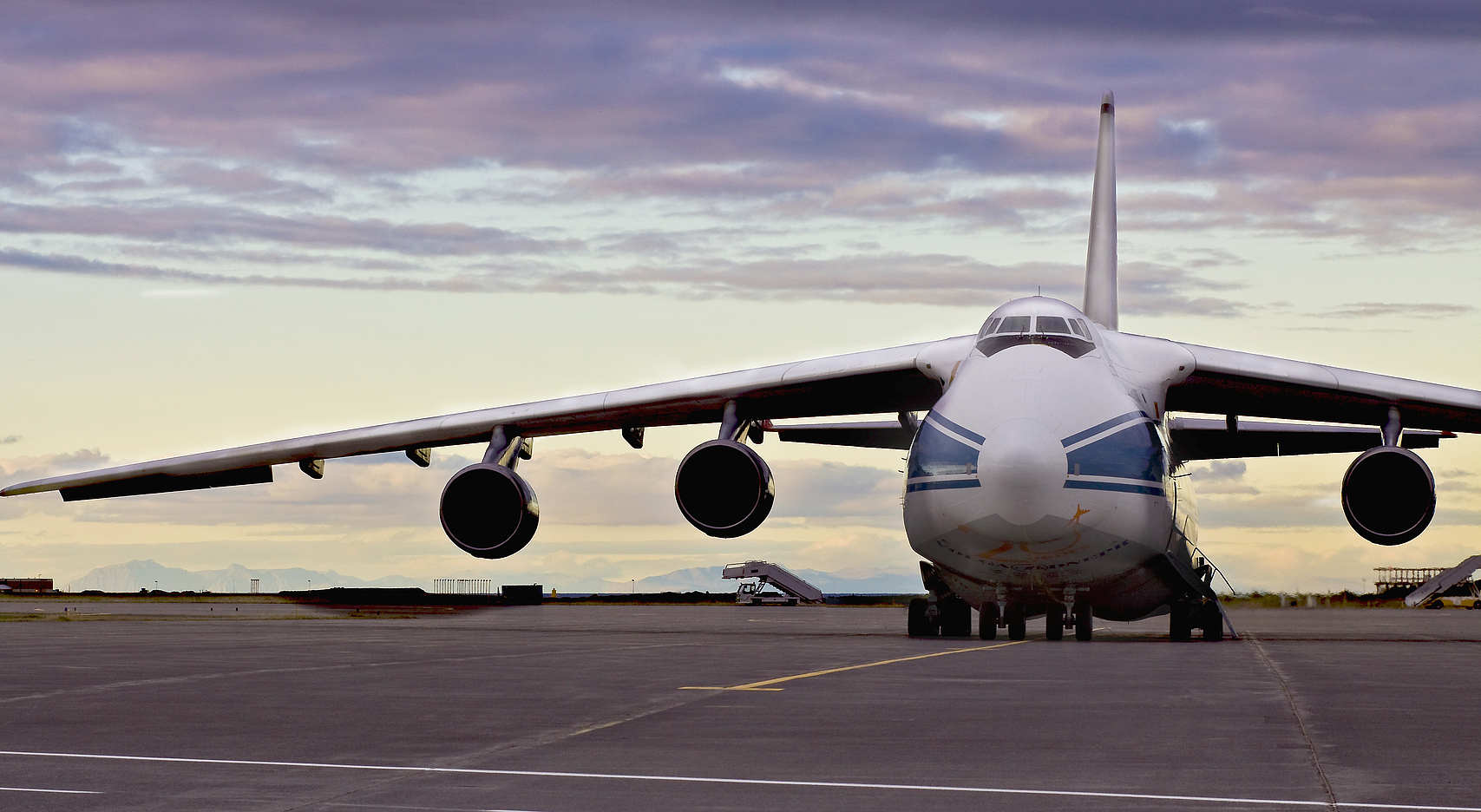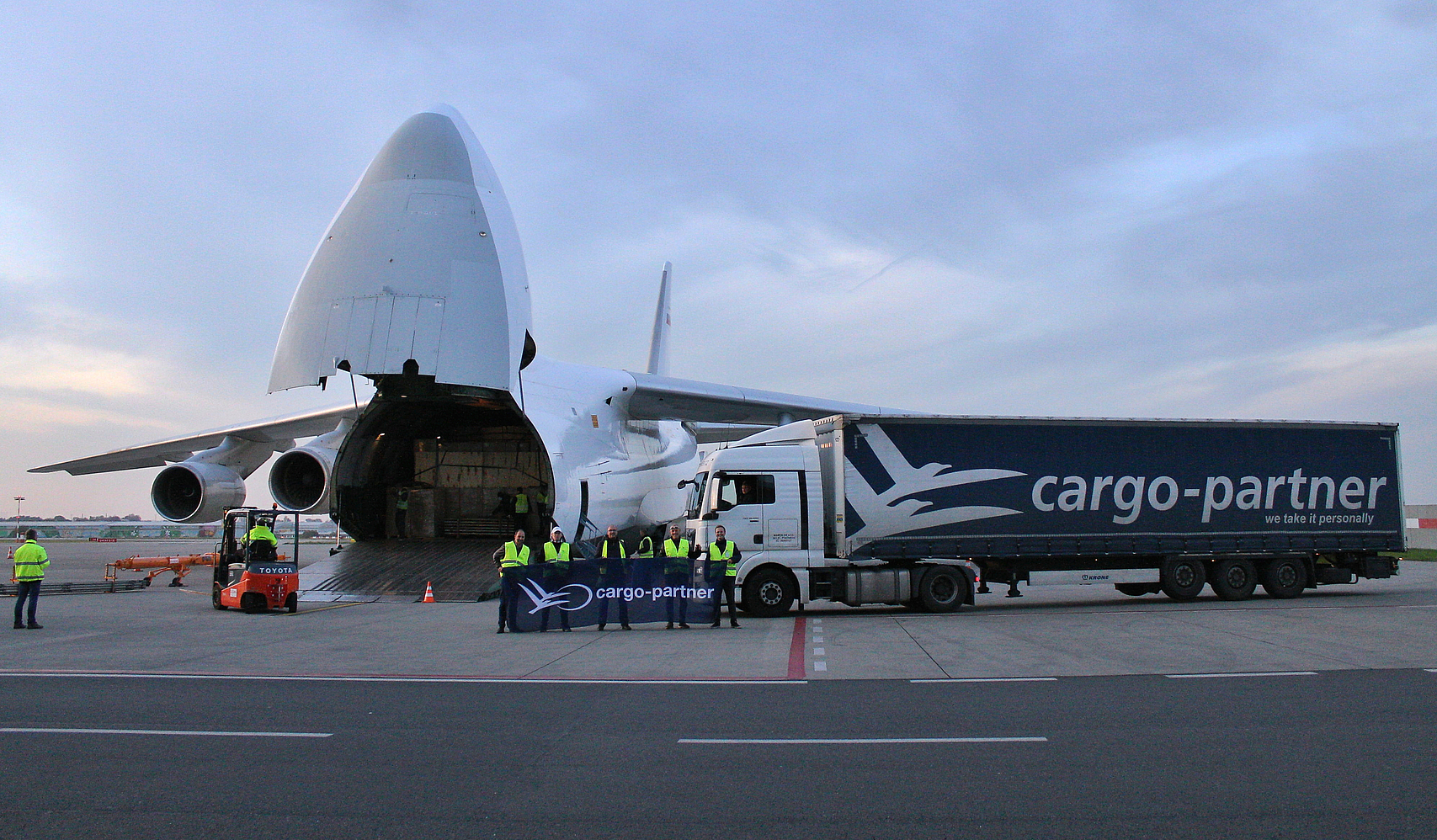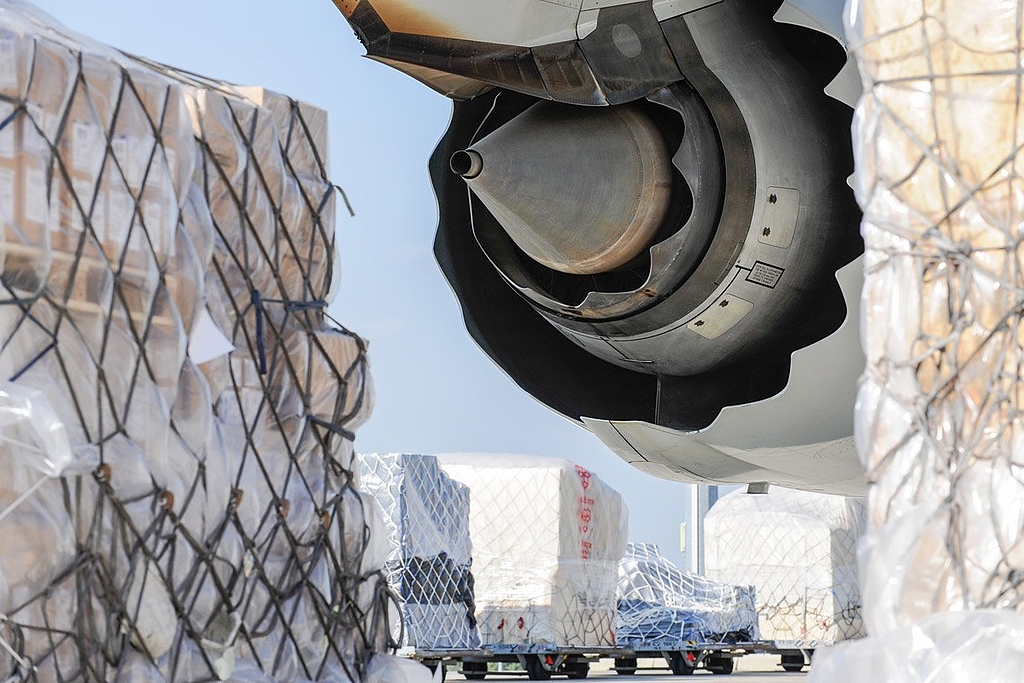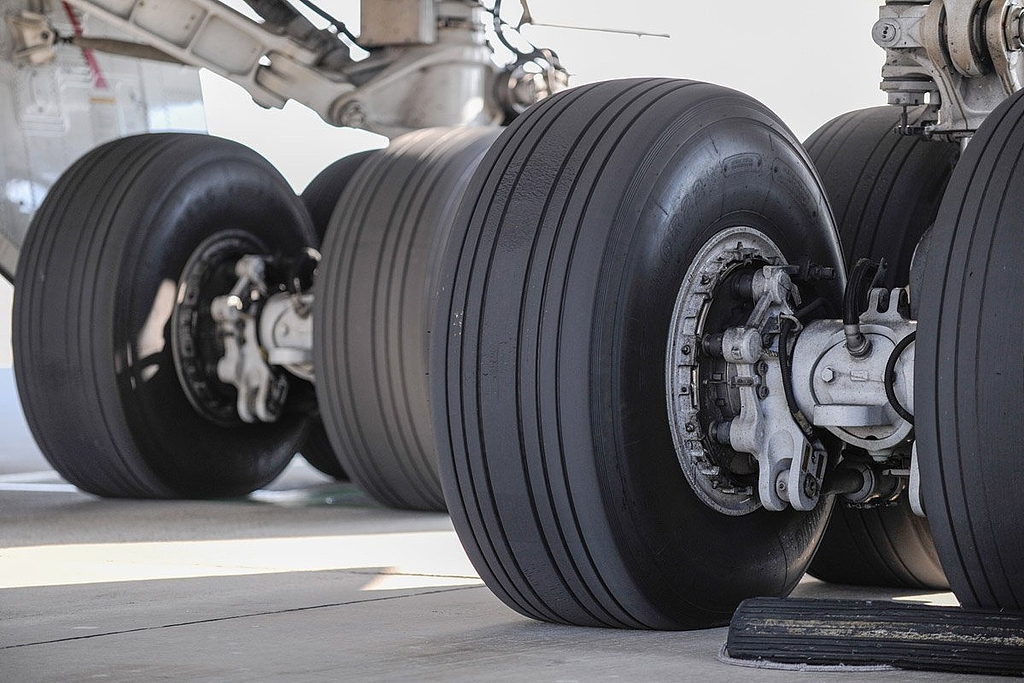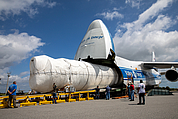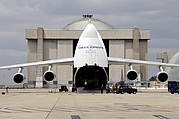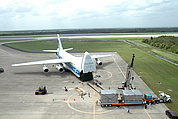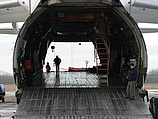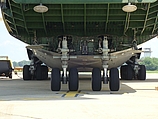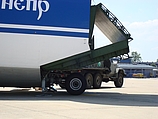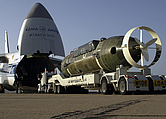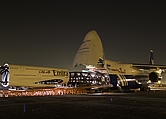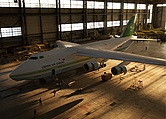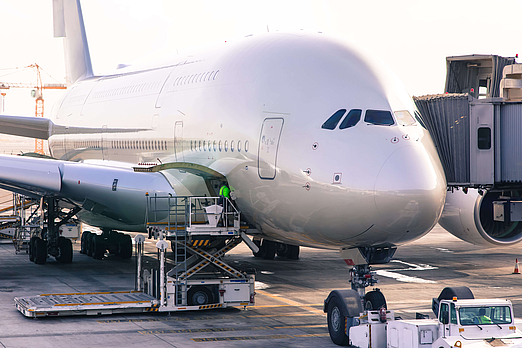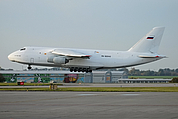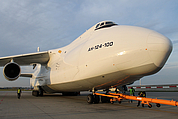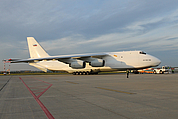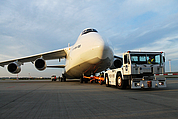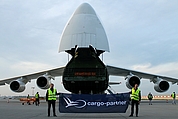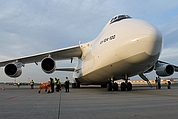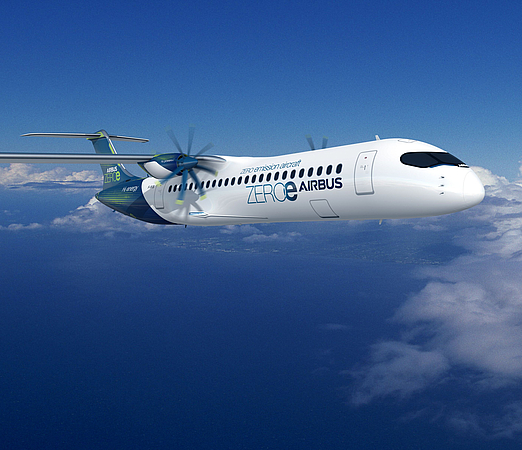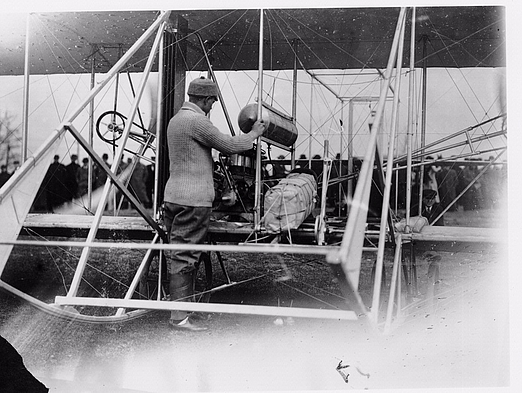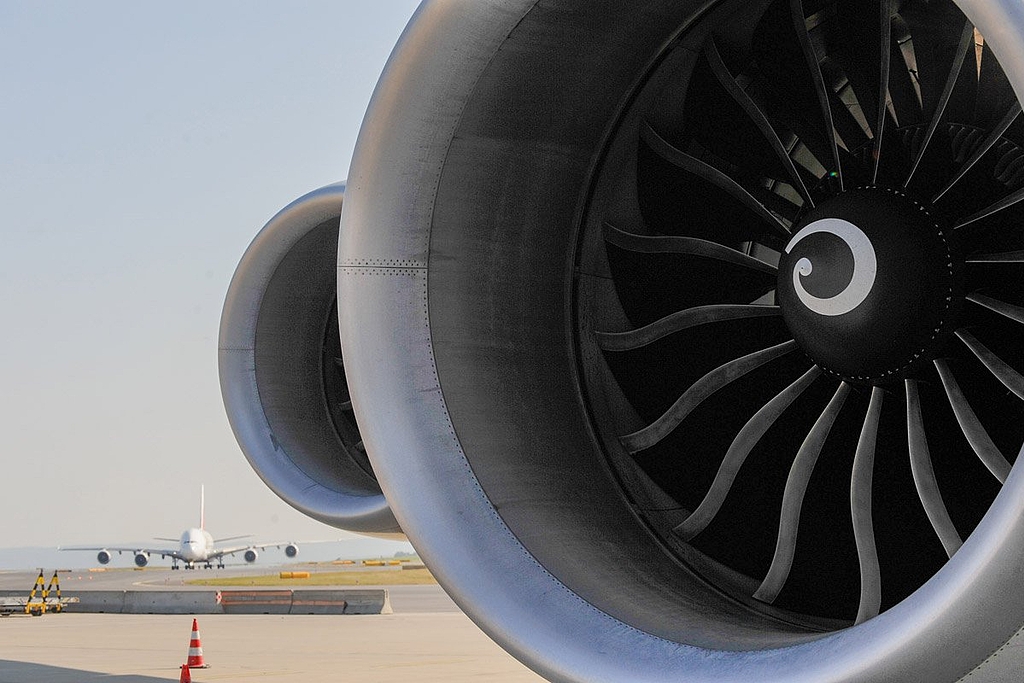The An-124 is already a flying legend and will remain irreplaceable for some time to come
An air-freighter in the truest sense of the word
- Insights
The An-124 was conceived in the late 1970s by the legendary Soviet design bureau Antonov as a large transport aircraft for the Soviet air force. At the time, the goal was to develop an aircraft capable of carrying large payloads as a counterpart to a comparable NATO aircraft. Well, even today the performance of the An-124 is still impressive. It is now used primarily for chartered cargo flights and enjoys tremendous success in this segment thanks to a near monopoly. Join us in taking a look at this imposing technical wonder, and learn why the “Ruslan” is still the leading aircraft in the world for civil heavy load transports.
